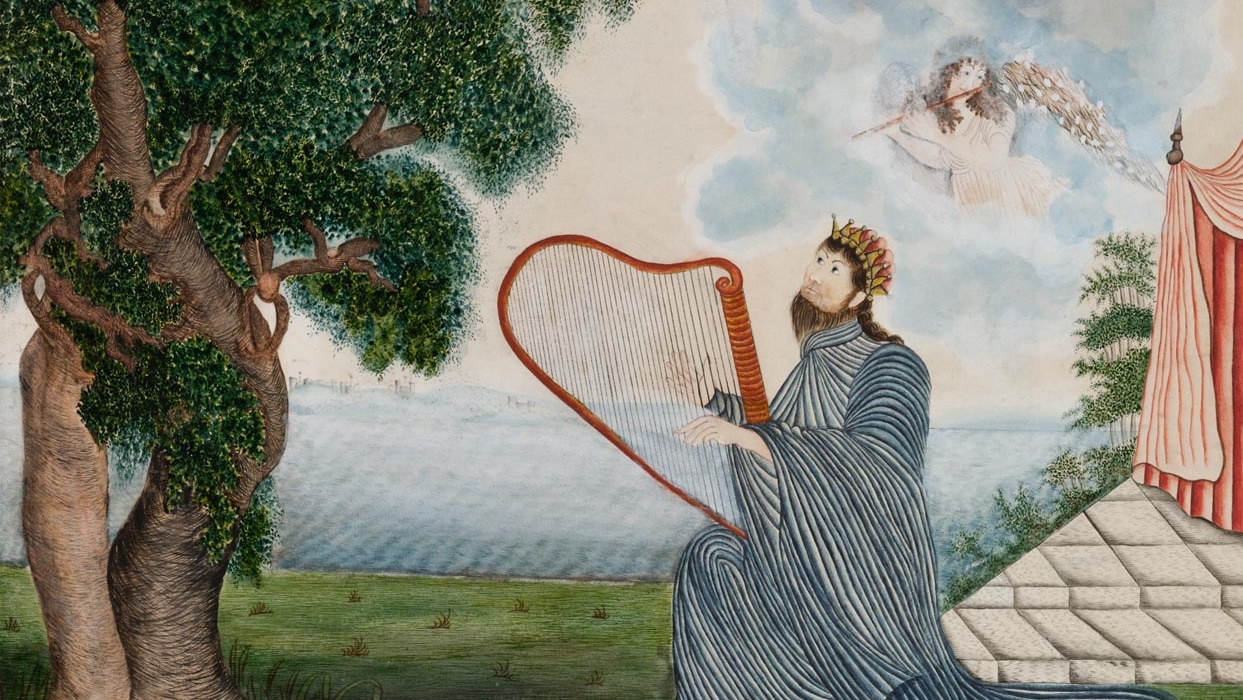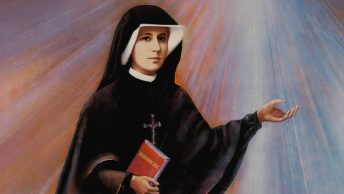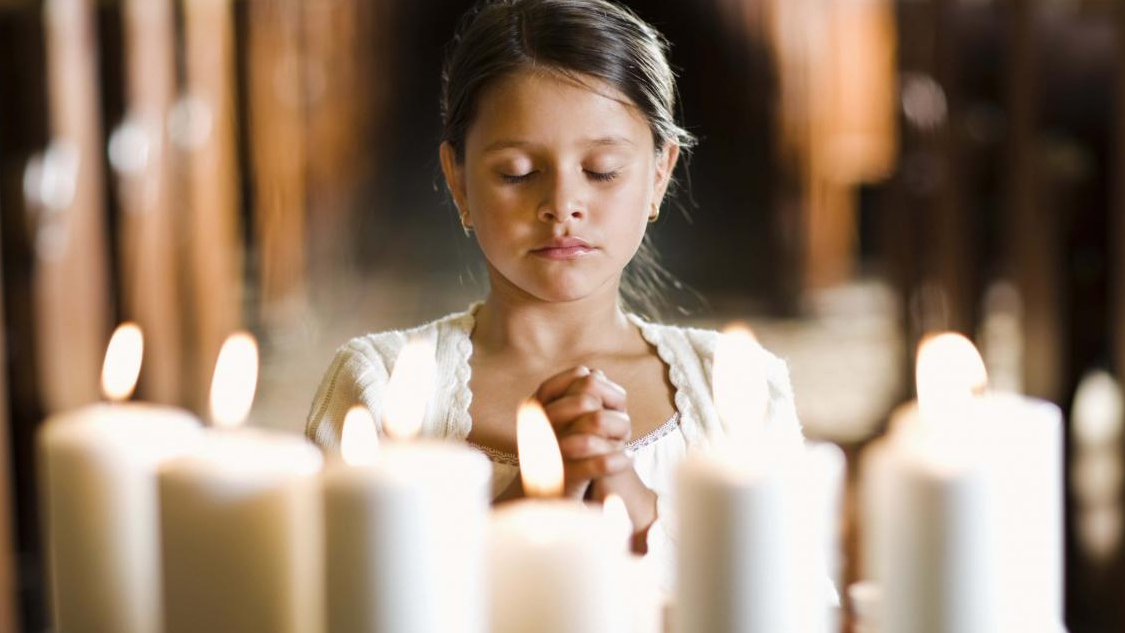In her book, Lay Presiding- The Art of Leading Prayer, Kathleen Hughes identifies certain characteristics that should be addressed by those who would lead others in public prayer: authority; structure; gestures and objects; planning and celebration; and leader of public prayer as icon.
With regard to authority, we are correct in acknowledging that one is given the “right” to exercise public prayer through the Church’s tradition (Sacrament of Orders). To do so recognizes the obvious, but fails to address the deeper reality. “Jesus would be the first to acknowledge that the authority which he possessed had its origin beyond himself. He did not speak or act on his own but on the authority of the One who sent him.” (p. 12) “To become a leader of the community’s prayer is to pledge oneself to a way of life, outside the praying assembly, which allows Christ, the leader of the prayer, to live and move and be in us. All of us are potential leaders of prayer to the extent that we acknowledge that it is Jesus, the Christ who lives on still to make intercession on our behalf. Only the Son makes known the One he called Abba.” (p. 13) For those of us who lead public prayer, is this always front and center? Are we praying with our mind or heart? Are we praying to God or celebrating ourselves? Are we leaving sufficient time, pause, and absence of human initiative so that God might manifest his love over the congregation or those present? Are we praying the ritual and trusting God to be God?
With regard to structure, “one becomes a competent and creative presider at prayer by immersing oneself in the Church’s tradition and learning reverence for the ways that Christians have prayed and celebrated together for two thousand years. By learning the basic structures of prayer, exploring the language of postures and symbols used in celebration, becoming sensitive to basic principles of ritual activity, and learning the ways in which to improvise models of prayer, while respecting the tradition from which they developed, we might become at ease and competent as a leader of prayer.” (p. 20) In learning to pray the prayers of the Church, do we strive to allow the ritual speak to the hearts of the people. Or, despite our good intentions, do we interject distraction into prayers meant for healing, consolation, and hope? A wise priest and professor once told me: “When it comes to public prayer, it is often the case that less is more.”
Gestures and objects, as well, may sometimes be taken for granted. Gestures such as standing, sitting, folding of hands, genuflecting, bowing, or postures of greeting “must be performed thoughtfully so that presiders are at ease with their own bodies and become aware that all movement in prayer is poetic rather than functional.” (p. 26) On the other hand, the reverence for objects “must begin with an understanding that the primary symbol of the sacred is the assembly.” (p. 27) Take, for example, the reading of the prayers themselves. Are we conscious of areas within the rites where we are directly addressing God or when the focus is more upon the assembly? When it is obvious that we are praying directly to God, we would create obvious anxiety if we were to have direct eye contact with the congregation. In the latter instance, for example the recitation of the Lord’s Prayer, direct eye contact would be logical.
Planning, therefore, is a vital component to a successful ritual celebration. “(1) What is appropriate in this particular space; (2) with the number of people assembled; (3) with whatever time constraints have been imposed by the gathering; (4) with the particular degree of solemnity or informality; (5) with the purpose of this gathering in mind; and (6) in keeping with the expectations of the community?” (p. 29) Over and over, the question should be asked: “What does the Church say is the purpose of a particular rite?” Once that question has been answered, the others seem to naturally follow. However, absent such thought process, it is likely that a celebration might be transformed into something that was never intended.
With regard to the leader of public prayer as icon, we note that “Christ is the perfect leader of public prayer, the perfect mediator before God, because he is so perfectly attuned to God and the human community, so perfectly the Word of God and the Amen we would declare. Christ serves as the leader of public prayer because he is a kind of two-way icon as so exquisitely portrayed in Second Corinthians: ‘For all the promises of God find their Yes in him. That is why we utter the Amen through him, to the glory of God.’” (p. 36) As such, “one who would lead the assembly’s prayer must first strive to be a person alive to the presence of God, attentive to the myriad ways in which the Holy One is manifested in human life. The contemplative leader of prayer will be led beyond self to an awareness of the Spirit of God active in the community that believes, hopes, dreams, struggles, and suffers together. The leader of prayer will be icon of God to the community to the extent that he or she is personally attuned to the Presence.” (p. 38)
Perhaps the Shaker song, Simple Gifts, should guide us on our way. Rather than asking us to present a Broadway musical, the Church wisely asks us to pray her rites simply and without fanfare, always leaving room for God’s grace to touch his people. Believing in our hearts that it is Christ standing at the gravesite during the Rite of Committal; standing before a new widow and her children at a funeral vigil; or leading a blessing service for a person victimized by crime, may we humbly lead these services in His name.








